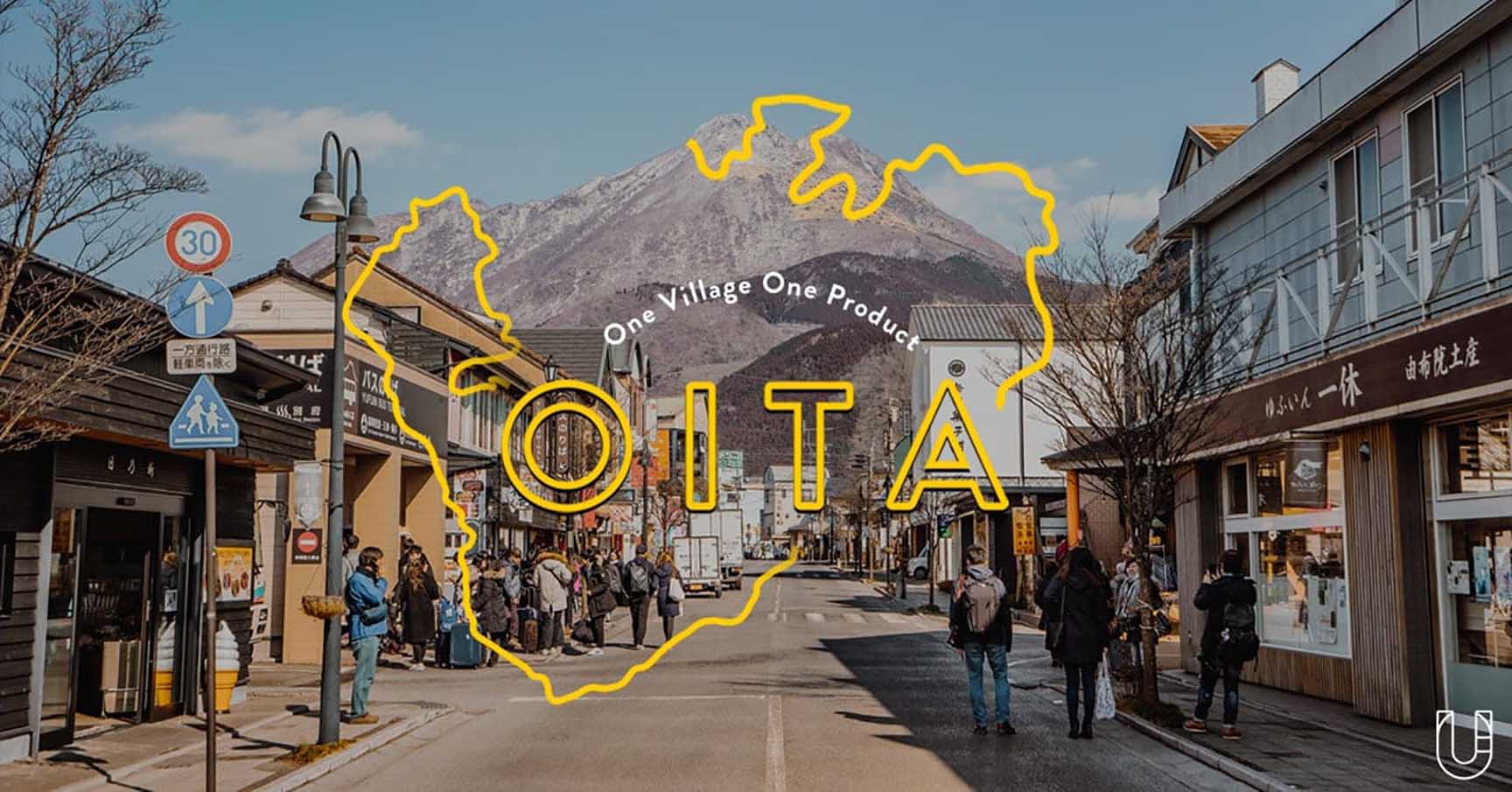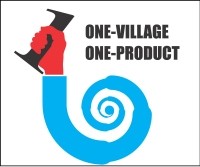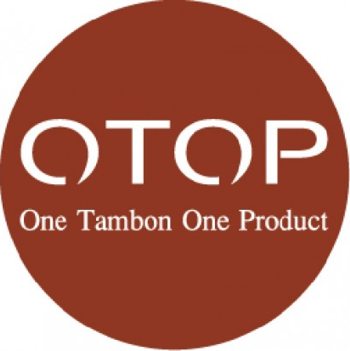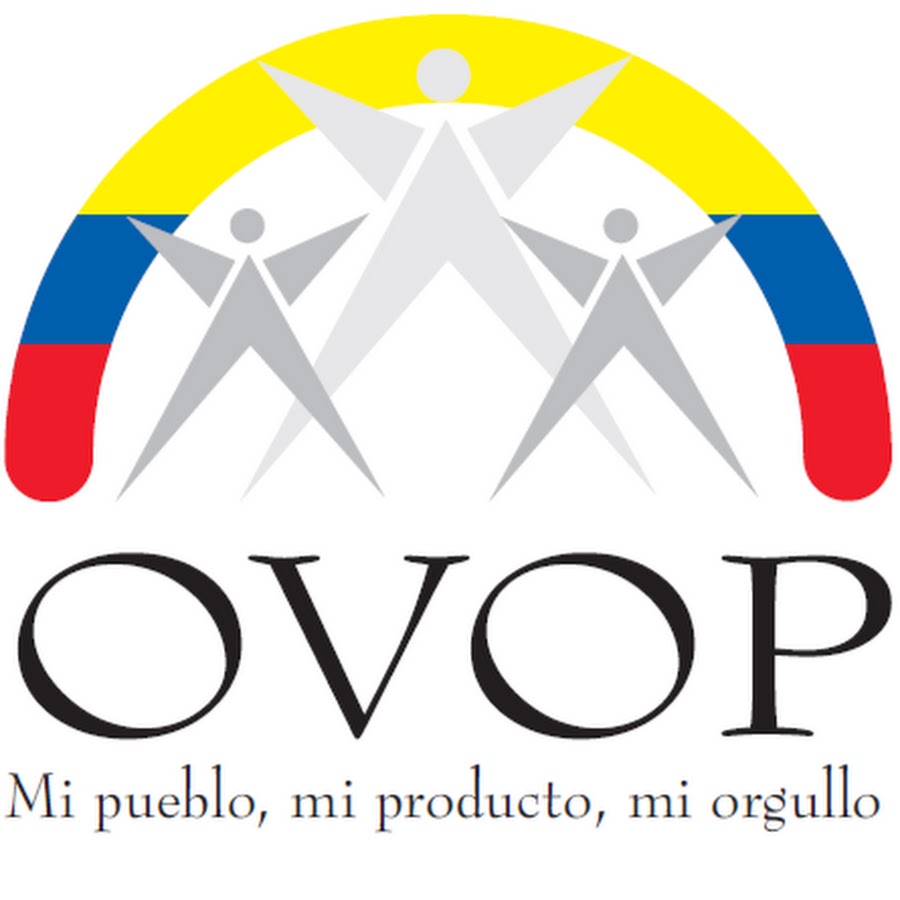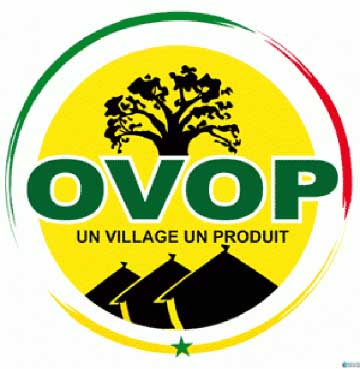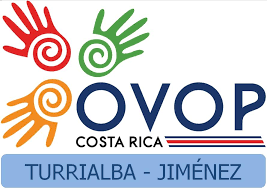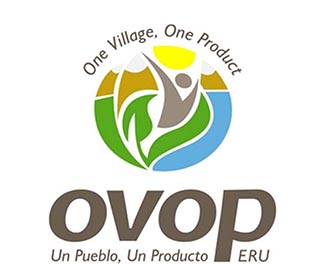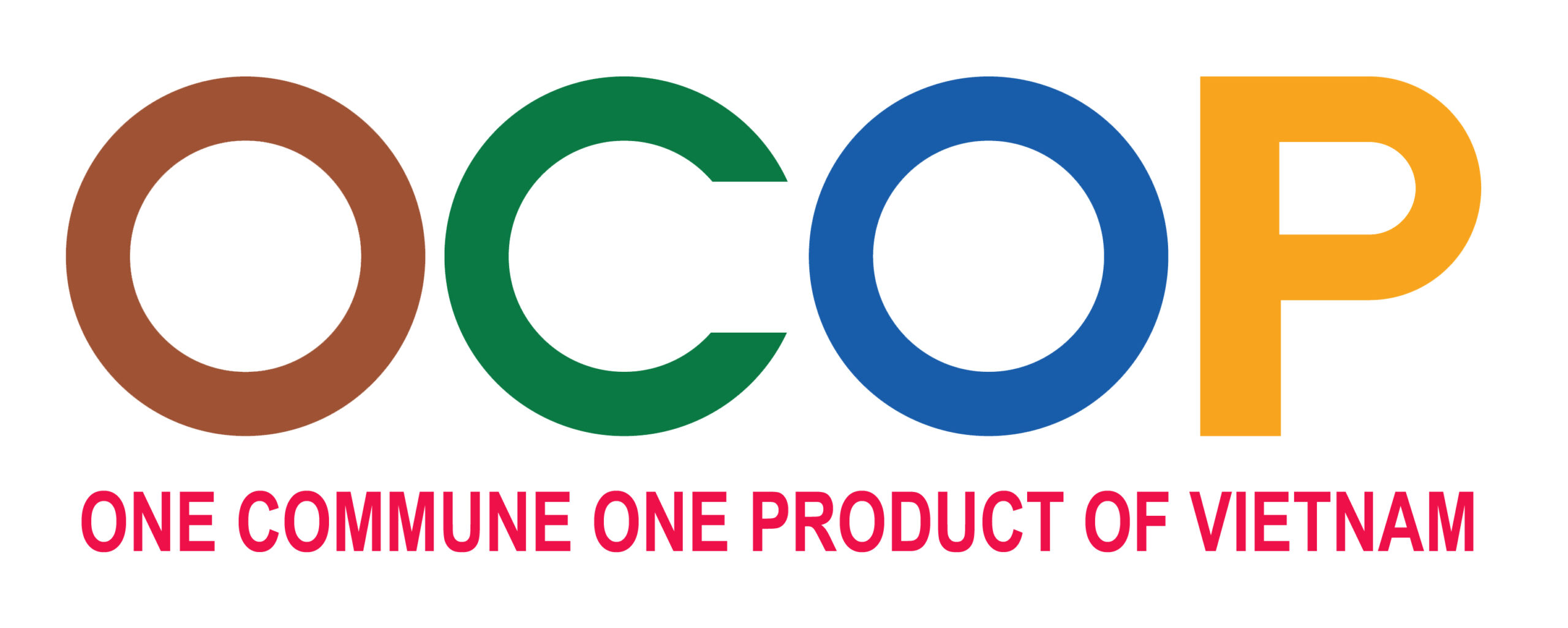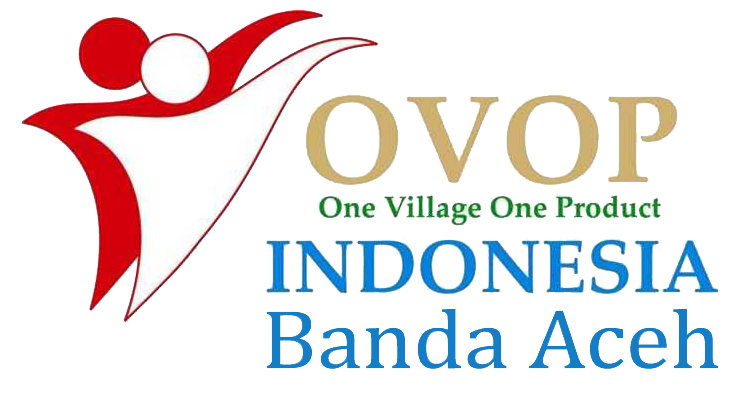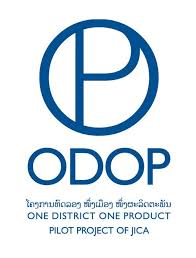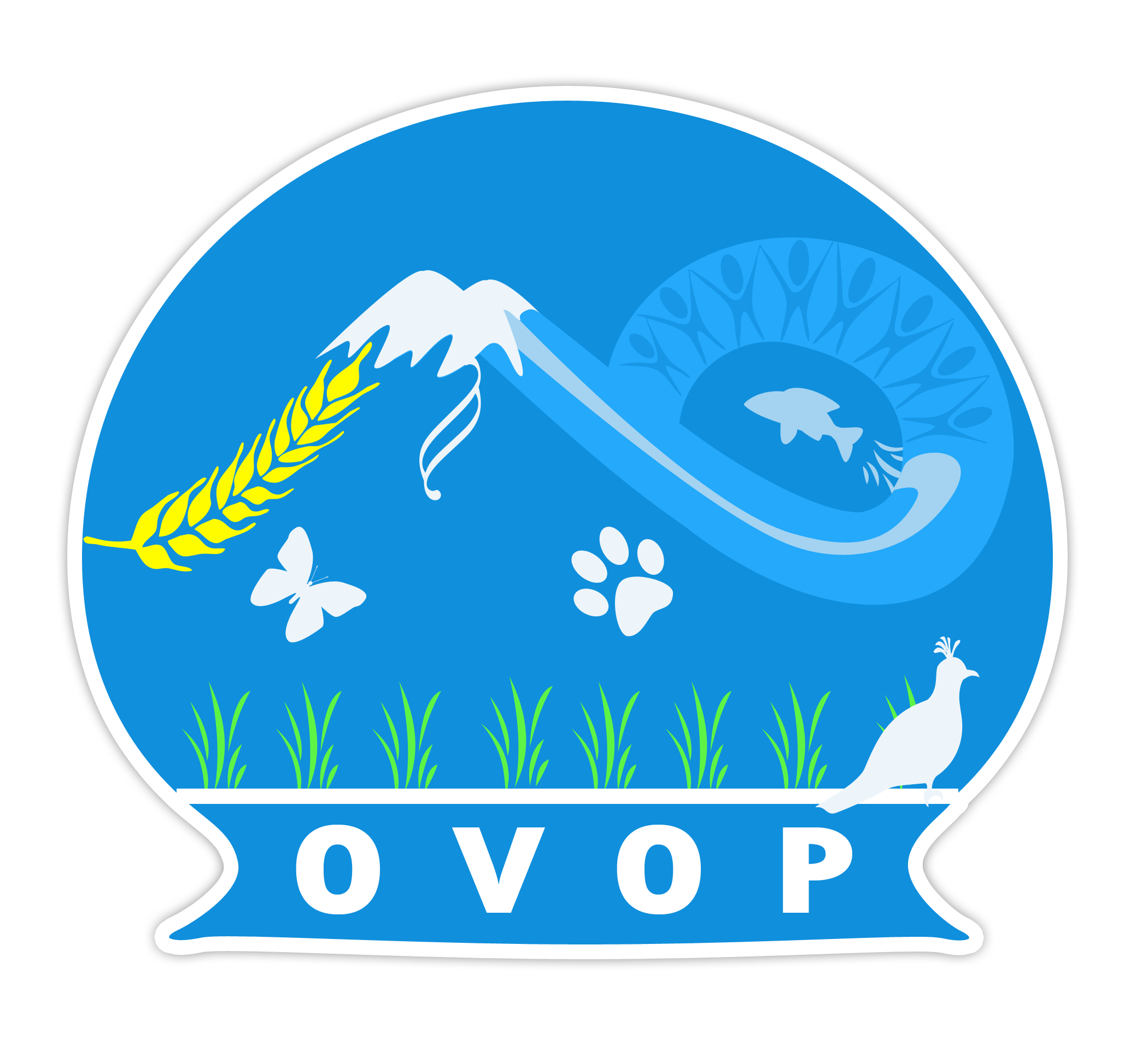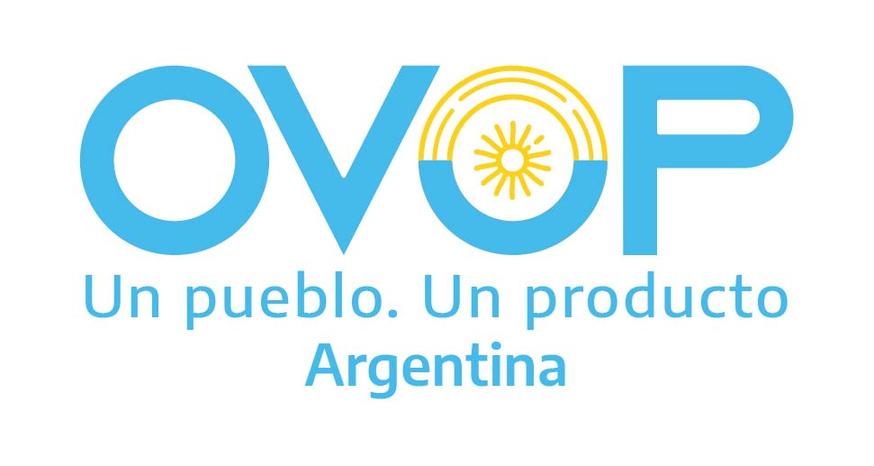OVOP in Japan is regarded as a “movement”, not a policy or programme. This idea comes from the understanding about different types of movements in Japan. One is driven by non-governmental actors forming a group to seek a social or political change, which is the same as the one in a Western context. The other is led by government to involve other actors to take important roles in policy for a particular purpose. The OVOP movement didn’t have a clear framework as a policy, but instead the Prefecture let other local actors lead activities while the Prefecture provided only supplemental support based on the progress of movement. Since policy is not driven only by blueprint of public bodies in the definition of this paper, the OVOP movement can be regarded as a process-oriented policy involving many actors.
The objectives of the OVOP movement consist of economic and social elements. Firstly it aims to stop the migration of young people by creating employment in local industry; secondly it intends to invigorate the local society and to enable people to be proud of their localities. Oita Prefecture describes OVOP as the movement of finding or developing products which can be a symbol of locality, of which residents can be proud, and which can be competitive on the national and global level. Thus OVOP can be regarded as social policy as well as local industrial policy. There are three principles in the “movement”:
Principle 1: Local yet global
This principle guides the way to develop products. As this is explained as ‘creating globally accepted products that reflect pride in the local culture’, it implies that utilisation of local resources is a core competency of products. Hiramatsu focuses on the intangible value of originality of local resources and contends that a product with distinct ‘local flavours and culture’ can be competitive in a market as long as its quality is continuously improved. Thus local resources in OVOP include various types of shape and element as long as they entail the value of “local”.
Principle 2: Self-reliance and creativity
This principle emphasises independence of local actors and the attitude of government for it. According to Hiramatsu, a local development movement is unlikely to be sustainable if it is imposed by government because such an attitude discourages local people. Local initiative, decision making, and risk-taking are keys of OVOP. The prefectural government only provides supplementary support such as technical assistance and marketing, but it does not provide direct subsidies to the commodity especially for any possible losses. In this sense, the OVOP approach shares the neoliberal view of “small government”. Self-reliance is a condition where ‘decisions and actions taken at all levels are based on self-confidence and self-determination’. It can be learned, but it cannot be given’ and development can only be done by the people themselves perhaps with the assistance of government and other development agents. OVOP theory implies that self-reliance of local people requires the role of government to facilitate people to develop self-reliance themselves to make their most productive contribution to local development.
Principle 3: Human resource development
This principle emphasises the importance to develop capacity of local actors. Human resources are an essential factor for successful and sustainable implementation of OVOP. OVOP focuses on promoting local leaders who continuously work for local development with a spirit of challenge. These community leaders are expected to play a role to draw out the vitality of the localities and to facilitate their self-reliance. OVOP emphasises a link between human development and product development. The logic behind this is that human resource development is achieved in the process to develop OVOP product, but on the other hand, OVOP product can be produced by committed and capable human resources who are motivated to contribute to their locality. Developing products is a mere method to mobilise a community to achieve its social and economic goals.






